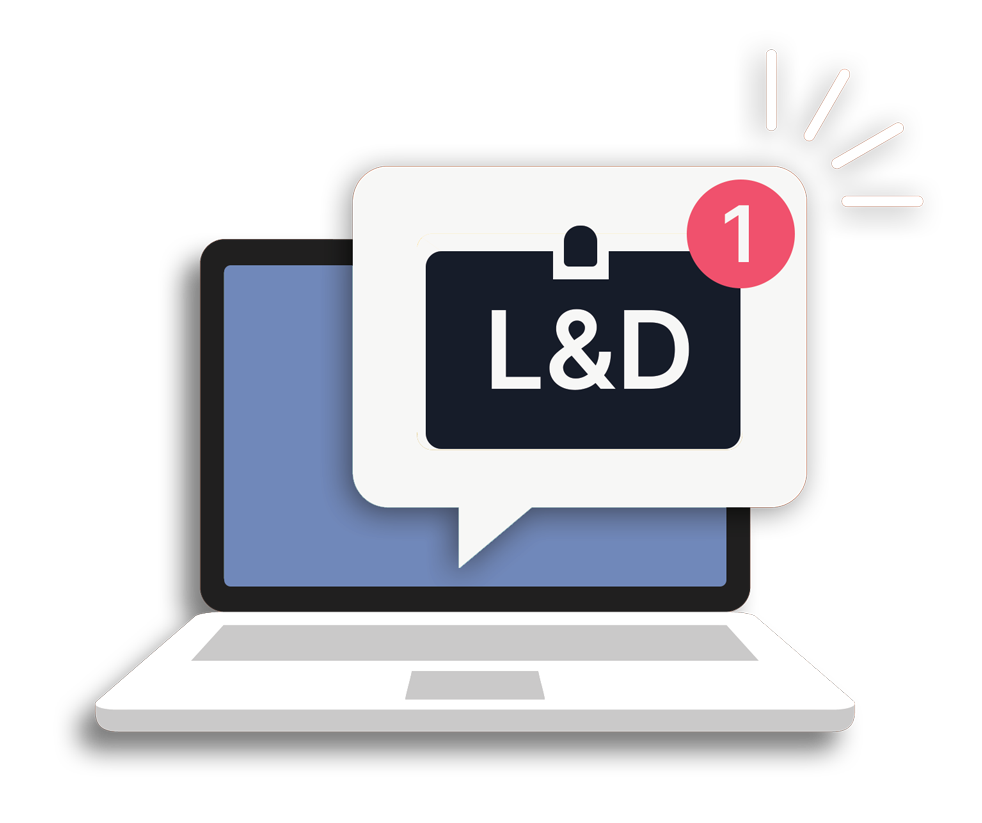This article is part of our Training Requirement Series where we provide comprehensive guides to meet the actual training requirements that are often needed/requested of learning and development departments within Australia's healthcare organisations. This series includes both general requirements, such as blood availability and management but also focuses on the specific requirements stemming from the NDIS, Aged Care and NSQHS Quality Standards.
What is Blood Availability and Management?
Blood availability refers to the ability of healthcare organisations to ensure a timely, safe, and adequate supply of blood and blood products to meet patient needs. This includes the processes of collection, testing, processing, storage, and distribution of blood components.
What is the Importance of Blood Availability?
Ensuring blood availability is vital for a wide range of medical procedures, from emergency surgeries to the treatment of chronic conditions. It directly impacts patient outcomes, making it a critical aspect of healthcare services.
What is the "Availability of Blood" Training Requirement?
According to NSQHS - 7 - Action 7.10, healthcare organisations must train their staff to competently manage and support blood and blood product management processes. This includes understanding protocols for blood ordering, storage, and transfusion practices.
Relevant Standards
Processes are in place to:
- Manage the availability of blood and blood products to meet clinical needs
- Eliminate avoidable wastage
- Respond in times of shortage
National Safety and Quality Health Service (NSQHS) Standards
Failure to comply with the requirements could lead to an organisation being penalised or reprimanded.
What Skills Do Staff Need for Blood Availability?
Staff working in areas related to blood availability need a specific set of skills to ensure they can contribute effectively to the management and use of blood and blood products. The expanded skill set includes:
| Skill | Relevance |
|---|---|
| Critical Thinking and Decision-Making Skills | For making informed decisions in critical situations |
| Technical Proficiency | Familiarity with the latest technologies and systems in blood management |
| Communication Skills | For effective coordination and patient management |
| Attention to Detail | Ensuring adherence to safety standards in blood product management |
| Risk Management and Safety Awareness | Professionals need to understand the risks associated with blood transfusion and blood product management, including the ability to implement safety protocols to minimise these risks |
| Interdisciplinary Collaboration | The ability to work effectively across disciplines is crucial, as blood availability impacts various departments and specialties within healthcare organisations. |
How to Assess Staff Competency in Blood Availability
To ensure staff possess the necessary skills and knowledge, comprehensive assessment methods include:
- Self-Assessment Tools: For personal skill gap identification.
- 360-Degree Feedback: Offers multiple perspectives on individual competencies.
- Performance in Real-Life Situations: Evaluates practical abilities in blood management.
- Case Study Analysis: Utilise real-world scenarios to test staff's ability to apply their knowledge and skills in practical settings, encouraging critical thinking and problem-solving.
- Competency Checklists: Develop detailed checklists based on specific roles and responsibilities related to blood management to systematically assess and document competency levels.
- Digital Learning Platforms: Leverage technology to deliver and assess training modules, allowing for a more flexible and personalised approach to competency assessment.
Strategies to Support Healthcare Staff Develop Skills in Blood Availability and Management
Organisations can adopt various strategies to improve competencies and overall capacity in managing blood safely and effectively:
- Customised Learning Paths: Tailored to address specific skill gaps.
- Use of Virtual Reality (VR) and Augmented Reality (AR): For immersive learning experiences.
- Feedback Loops: For real-time practice adjustment and learning reinforcement.
- Collaboration with External Experts: Provides access to advanced knowledge and practices.
- Cross-Functional Training: Offer opportunities for staff to train in different roles or departments related to blood management, fostering a more holistic understanding of the processes and challenges.
- Quality Improvement Projects: Engage staff in projects aimed at improving blood management practices, providing practical experience in identifying, implementing, and evaluating quality improvements.
By incorporating these expanded elements into the training program, healthcare organisations can comprehensively address the multifaceted nature of blood availability, ensuring that staff are not only competent but excel in their roles, contributing to the overall safety, efficiency, and quality of patient care.
Sample Training Plan for the Availability of Blood Requirement
A detailed training plan is critical for skill development in blood management information documentation. Below is an extended sample plan:

Using the above needs assessment survey as an example - The skill requiring the most attention for blood availability in healthcare are communication skills and risk management and safety awareness skills. We can target learning initiatives to fill these gaps to enhance staff competency.
Need an LMS that can support blood availability and management?
Contact Ausmed today and see how we can support with your training requirement needs!
Staff Competency Assessment for Blood Availability - Example
Consider the following survey questions to evaluate staffs blood availability and management skills:
Staff Survey - Availability of Blood Competency
-
How confident are you in identifying the correct blood group and compatibility for transfusions?
- [Answer here]
-
Describe the steps involved in the safe storage and handling of blood products.
- [Answer here]
-
What are the key components of effective blood inventory management?
- [Answer here]
-
>How would you respond to a suspected transfusion reaction?
- [Answer here]
Conclusion
Developing a training program for blood availability is essential for ensuring the safety and efficacy of blood management in healthcare organisations. By focusing on the necessary skills, assessing staff competency, and employing strategies to support skill enhancement, organisations can improve their blood availability processes and ultimately, patient care outcomes.
References
- Australian Commission on Safety and Quality in Health Care, 2023. 'Blood Management Standard'
- Australian Commission on Safety and Quality in Health Care, 2023. 'NSQHS Action 7.10'


